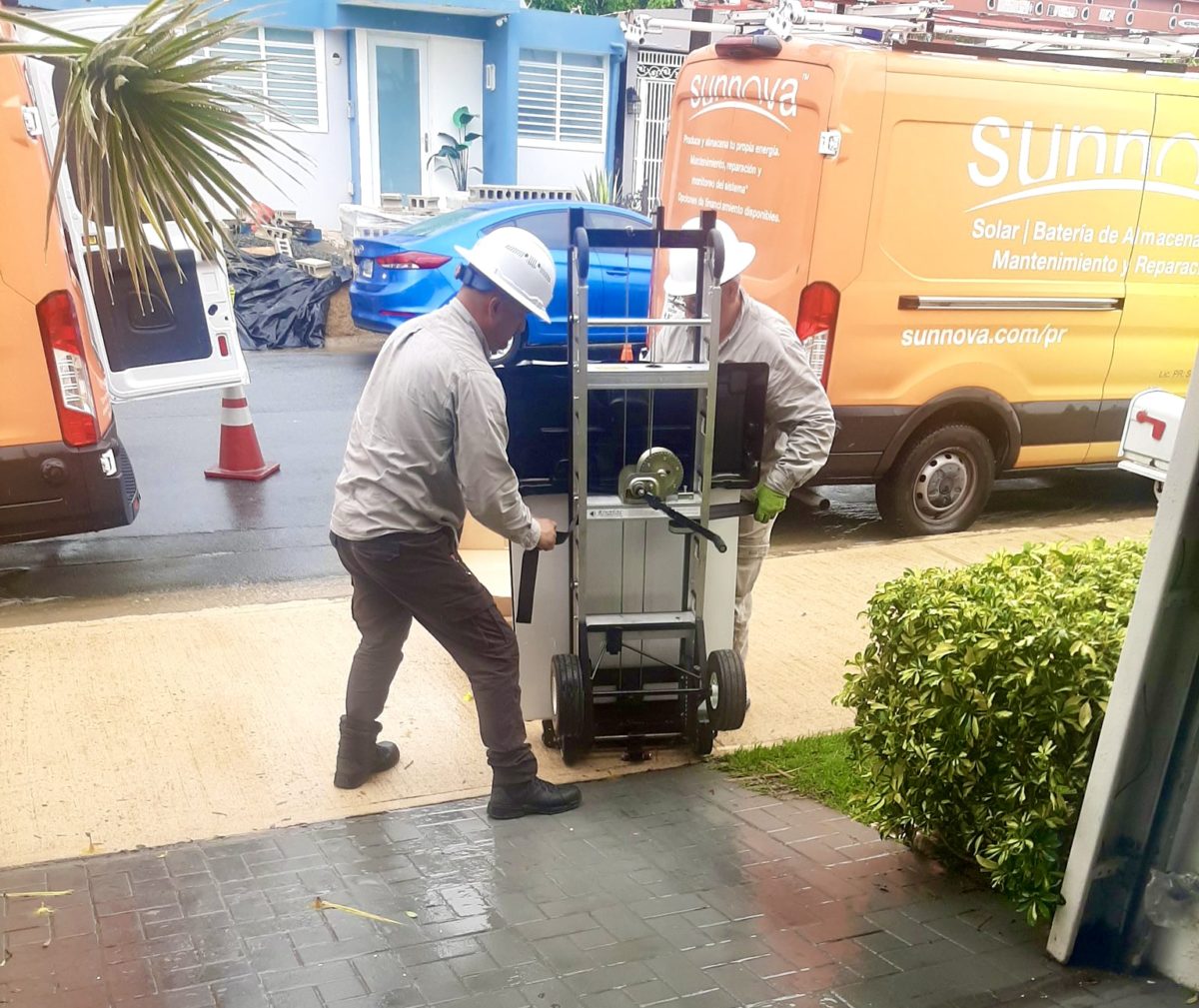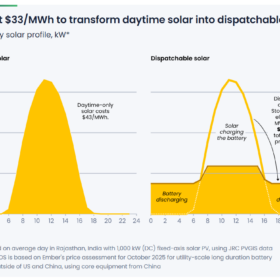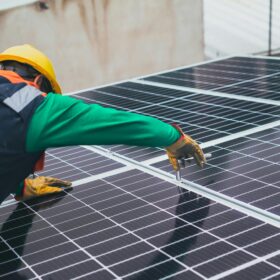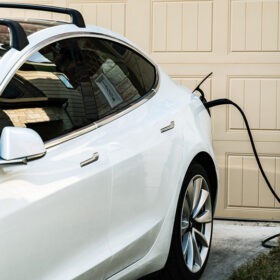Sunnova Energy International announced it is reducing its workforce by over 15%, cutting nearly 300 positions.
“These decisions are never easy, and we recognize the impact they have on every member of the team,” said William J. Berger, chief executive officer, Sunnova. “We are deeply grateful for their contributions and are committed to supporting those affected during this transition.”
The company said the move is a reinforcement of its strategy to drive capital efficiency and reach its cash generation targets. It expects to contribute about $35 million in savings toward an estimated annual $70 million in cash saved. The company estimates that its cash savings will come from a mix of lower expenses and lower cash components of capitalized costs.
“As we continue to focus on capital efficiency and our high-margin core customers through TPO origination, we must always optimize within the current economic and policy landscape,” said Berger. “To better position Sunnova for long-term success, we are taking proactive steps to streamline our operations while maintaining a strong foundation to support our valued dealer network and end-use customers.”
The company said it will provide more details on this strategy on its upcoming fourth quarter and full year earnings 2024 conference call, scheduled for Mar. 3, 2025. The company is public on the New York Stock Exchange under the ticker NOVA.
Sunnova’s stock has fallen roughly 80% over the last year as investors have been increasingly focused on the company’s ability to generate cash and convert its upcoming debt obligations. After a decade of double-digit growth, residential solar industry has rotated down since 2022 amid higher interest rates and changes to rooftop solar net metering policy.
The company issued cash generation guidance of $100 million in 2024, $350 million in 2025 and $600 million in 2026.
Sunnova added 76,600 customers in the first three quarters of 2024. Its business is mainly focused on third-party-owned (TPO) solar, as well as battery energy storage. TPO solar contracts are typically referred to as power purchase agreements (PPA) or leases, which can enable customers to install equipment for no upfront cost.
The company reported in its Q3, 2024 earnings call that tax capital, including both traditional tax equity and credit transfer funds, are up 100% year-over-year.
“Our industry-leading decision to work with our dealers to originate all leases and PPAs after September 1st with domestic content is translating into meaningful cash flow,” said Berger.
Solar and energy storage projects are eligible for a 10% tax credit bonus if they utilize U.S. domestic content. These tax credits are transferable to entities with tax appetites in exchange for cash. Read more about domestic content eligibility here.
This content is protected by copyright and may not be reused. If you want to cooperate with us and would like to reuse some of our content, please contact: editors@pv-magazine.com.









By submitting this form you agree to pv magazine using your data for the purposes of publishing your comment.
Your personal data will only be disclosed or otherwise transmitted to third parties for the purposes of spam filtering or if this is necessary for technical maintenance of the website. Any other transfer to third parties will not take place unless this is justified on the basis of applicable data protection regulations or if pv magazine is legally obliged to do so.
You may revoke this consent at any time with effect for the future, in which case your personal data will be deleted immediately. Otherwise, your data will be deleted if pv magazine has processed your request or the purpose of data storage is fulfilled.
Further information on data privacy can be found in our Data Protection Policy.